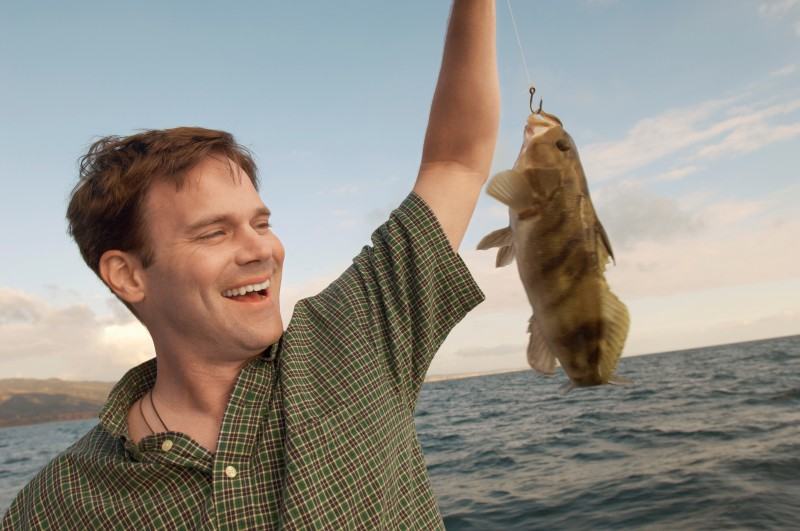The intelligent organization is a living organization.
I cannot bring myself not to draw a parallel between a healthy cell and a smart and dynamic organization.
First, what is an intelligent organization?
The dictionary helps us again :
intelligent:
Ability to understand, to know, to grasp by thought.
The ability of a living being to adapt to a new situation, to understand and resolve problems, to make sense of things around him, to act wisely and be capable of reflexion.
I will limit myself to the second definition:
- Adaptation to new situations;
- Understanding and solving problems;
- Interpret the environment.
A healthy cell is naturally smart without necessarily being conscious. I bring here a stern look on some organizations that behave on the contrary, as conscious without being intelligent.
Indeed, how can our organizations adapt to new situations?
Market research to no end, budget years that drag on and are in constant change (must be our numbers!), long reaction times, too long, etc., etc. The signs are already visible, but most organizations cannot adapt quickly. How many times have I heard the phrase and its variations all more creative than each other: “Yes, it’s interesting, a great project / opportunity …
But … ( ahhhh, the eternal butitis syndrome….)
“it’s not in the budget this year. Next year, we’ll see.” Next year !
An eternity in our world in perpetual motion!
VUCA is the word! We live in a world of volatility, ambiguity, complexity and uncertainty.
How can we survive in this world, invoking budgetary excuses to postpone a decision until next year?
The opportunity is there, here, now. The train is rolling by RIGHT NOW !!
THE FISHING SCENE!

Imagine the following scene: you are fishing. You were given a fishing rod to …catch fish. But one school of fish approach. Your vast fishing experience allows you to perceive it in the distance as a rippling under the surface of the water. By an extraordinary coincidence, a seller of fishing nets passes by and offers you a great fishing net. You might catch the equivalent of six weeks of fishing in one hour.
Unfortunately, you were provided with only a fishing rod and have no leeway to buy a net. “Come back next time and I will have asked for permission to buy your net,” do you say.
The school of fish swim between your boat and the nets seller who, in disbelief took the opportunity to catch the fish himself and then sold the lot to you at a hefty price through market intermediates.
But you’ll still have caught your fish, with your fishing rod.
… Your very … lonely …fish.
Hey, do not despair, your goal was to take one fish with a fishing rod. The performance bonus is waiting for you back at the dock.
Ridiculous situation!
Similar situation, too similar to the experiences of employees and managers of contemporary organizations where the vision and rationale are obscured by the quarterly race for dividends and control of the budget….ah yes.. and by corporate metrics.
These people are in contact with their environment, but cannot respond without going through the sclerotic hierarchical levels above and around them.
By cutting themselves from opportunities to respond and solve problems, organizations cannot adapt quickly enough to survive.
Several authors have proposed innovative and more natural structures than the ubiquitous traditional chart in our organizations.
Niel Pflaeging speaks of operational cells in contact with the market in his excellent book “Organize for complexity“.
Marine Auger uses “sharing groups” to probe the potential of employees.
Frederic Laloux proposes several effective methodologies in its TEAL Organization.
Jim Collins studied the best companies and their working methods in “From good to great.”
Denis Bakke even found the recipe for joy at work!
Peter Senge mentions the five disciplines of a healthy organization, a clear vision, a team spirit, a desire for autonomy and mastery of skills, change in mental models and systems thinking.
Henry Mintzberg strives to explain that the management of organizations must go through humans and not grand theories.
Joel De Rosnay dealt with these same concepts there 40 years in his Macroscope!
Michel Cartier and Jon Husband address this situation with an exciting perspective and a bright future in “Emerging Company of the XXI century. ”
Hope and Fraser even proposed a way to eliminate budgets!!
Peter Drucker,
Edward Deming, ahh … …
These authors propose alternatives.
Have been doing so for decades.
And some companies have understood.
They are few, but they show the way forward.
Emerson said it long ago:
“Do not go where the path may lead,
go instead where there is no path and leave a trail.”
One thing is certain: there is no specific recipe.
The use of a recipe work for complicated situations.
Using procedures, instruction manuals or corporate guides will be useful for the development of complicated structures, but almost useless for our organizations involved in their global, uncertain, ambiguous, complex and highly volatile environment.
You can not manage the complexity of human beings with a procedure, a recipe, an eight-step plan or an implementation program controlled by a project management software. Complexity can be managed only by using the right tool for it … the human brain. Or rather, the human brain and its capacity for network organization.
A healthy cell responds quickly to its environment through specific receptors that respond to change and then send the message to the rest of the cells that will then react to the new signals and adapt its metabolism.
Our organizations also have receptors that perceive and understand market signals : their employees. ALL employees together. The message simply does not pass through the mesh of the hierarchical net.
Net?
Oh no, you could not buy it this year, remember … the school of fish will swim by unhindered … continue to fish with your rod while the opportunity slips through your fingers. Again.
Or take your courage in one hand and your net in the other and make the right decision, one that is in line with the purpose of your organization. The real purpose, not the one dictated by the metrics.
© Copyrighted material Aliter Concept 2015. Please do not print or copy without permission from the author.
BUT DO SHARE IT using the social network buttons !!




